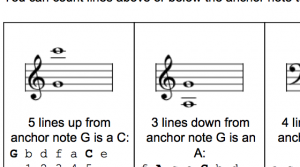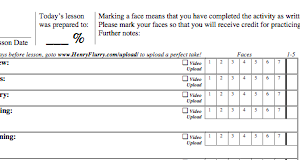Along their musical education, most piano students learn the circle of fifths. They probably develop some fuzzy connection between the circle of fifths and keys: G Major has one sharp and its tonic is a perfect fifth above C; D Major has two sharps and its tonic is a perfect fifth above G; etc. Perhaps they will learn that the order of sharps is an ascending circle of fifths, and the order of flats is a descending circle of fifths. If they are very lucky, they will begin to understand the human ear’s affinity for the circle of fifths and its implications on tonal harmony (think ii V I).
But, for all the glory that the circle of fifths deserves, I believe that the circle of thirds should be taught to our music students long before the circle of fifths, because the circle of thirds is the foundation of reading music and building harmony.




